ISSN
2307–3489 (Print), ІSSN
2307–6666
(Online)
Наука
та прогрес транспорту. Вісник
Дніпропетровського
національного університету залізничного
транспорту, 2016,
№
3
(63)
транспортне
будівництво
UDC
624.19-022.53:621.643.2-034.14
K. GÓRSKI1*, R. L. IGNATOWICZ2*
1*Institute
of Civil and Geoingeenering, Poznan University
of Life Sciences, ul.
Piątkowska, 94, Poznan, Poland, 60-649,
email
kgorski@up.poznan.pl
2*Dep.
«Metal Structures», Wroclaw University of Technology,
Pl.
Grunwaldzki, 11, Wroclaw, Poland, 50-377,
email
rajmund.ignatowicz@pwr.edu.pl
EFFORT OF STEEL PIPE JACKING IN TERMS
OF
IMPERFECTION PIPES AND
HETEROGENEITY OF GROUND
Purpose. The article presents problem of the
influence of local inhomogeneities of ground on the internal forces
in the steel pipe. Methodology. The authors presented the
differences in the distributions of earth pressures for the pipes.
One of the most common methods is the microtunneling technology. The
examples of numerical analysis by finite element method (FEM) have
been calculated. Findings. The results of numerical analysis
are presented for selected ground conditions and the distribution of
internal forces in the flexible section of the steel pipe is also
shown. Originality and Practical value. The obtained results
clearly show the influence of flexural rigidity of the pipe on the
internal forces, the influence of flexural rigidity and the soil
stiffness on the size of the bending moments in the steel of pipe
jacking. They depend on the interaction of soil – steel pipe.
Keywords: steel pipe; finite element
method; microtunneling; ground
Introduction
Modern
technology construction method of underground pipelines enables
building of sewer pipelines for lengths of over 500 m. It is
possible to make this without disturbing the existing
infrastructure. One of the most common methods is the microtunneling
technology. This technology allows drilling the microtunnel hole by
drilling machine where, after loosening the soil with high-pressure
water, excavated material is transported to the surface of the
ground. The pipe jacking is pressed in place of the removed soil.
This technology and the various methods of calculation are given in
the book [6] and in the article [10]. Microtunnel execution is
preceded by the construction of the starting shaft and receiving
shaft. Before the implementation of microtunnel the full recognition
of geological and engineering on the planned route should be
performed. Unfortunately even that it is not possible to provide all
the possible complications you may encounter during the
implementation of the collector using microtunnelling. Commonly used
methods of static analysis jacking pipes describe the most common
situations without considering exceptional situations such as the
heterogeneity of ground. Such situation is considered by the authors
of the study. The analysis is made for partially realized
microtunnel with a total length of 300 m. The steel pipe has a
diameter of 2 000 mm and thickness of 12 mm. Steel pipe will be
a protective tube for the pipeline made under the river leading to a
large sewage-treatment plant.
Physical
model. In this article an influence
the heterogeneity of soil and a flexural rigidity of the pipe on the
bending moments where presented. In order to solve this problem, it
was divided into two stages. The first stage estimated the force on
the pipe jacking and the second stage included the analysis the
heterogeneity of soil on bending moments. The problem is shown in
Fig. 1.
The loads
acting transversely to the axis of the pipe.
Modern analysis of static tunnels needs to determine static scheme
including the interactions between the soil and pipe jacking. It is
important to choice the characteristics of elastic microtunnel
structures and to determine geotechnical parameters of soil medium.
Microtunnel in selected cross-sections is considered. In order to
perform the analysis the following two distinctive sections were
chosen (Fig. 2).
On
the basis of guidelines [1], [5] the load diagram of the steel
pipelines for a microtunnel was adopted which is illustrated in Fig.
3.
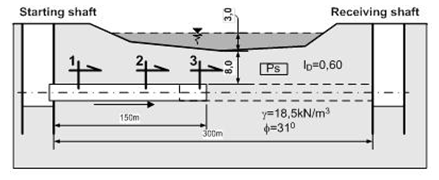
Fig. 1. Illustration showing
the reported problem
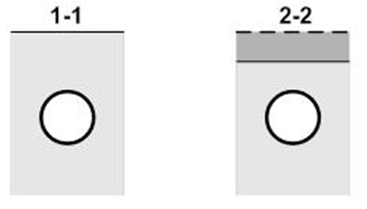
Fig. 2. The characteristic
sections of computing
According to
various proposals the width of the solid ground was determined. It
was a load on the pipeline. The load induces a state of stress in
the walls of the pipe. It should be noted that the drilling of
microtunnel change the state of stress in the ground. This was
confirmed by the research field and the numerical calculations.
During the drill microtunnel occurs reduction of the load ground on
the pipeline. This is a consequence of loosening the soil in the
area of vaults and transfer loads to the ground on both sides of the
pipe. This phenomenon was studied among others by Terzaghi and
Houskawa based on the theory of the silo. The necessary condition to
reduce the load is large vertical deformation in the key course.
Using appropriate technological solutions in the implementation of
microtunneling seeks to reduce the vertical movements to a minimum,
which results in that only a small portion of the angle of internal
friction is mobilized in the plane of shear. It is known that
already at 10% of the value of the vertical movement is mobilized
half of the angle of friction. This phenomenon allowing appoint an
increased load on the ground in areas of the lateral pipe. According
to silo theory (Terzaghi)
 was accepted. The results of calculating the width of the ground
solids of different proposals was illustrated in Fig. 4. The values
of the vertical and horizontal loads were calculated according to
the following relationships.
was accepted. The results of calculating the width of the ground
solids of different proposals was illustrated in Fig. 4. The values
of the vertical and horizontal loads were calculated according to
the following relationships.
Vertical
load acting on the ground pipe
 (1)
(1)
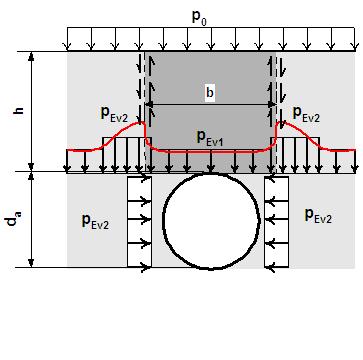
Fig. 3. The load diagram
of
the pipelines microtunnel by [5, 1]
Where:
– volume weight of soil overburden conductor;
– reduction factor taking into account the stress distribution
after completing of microtunnel; h
– thickness of the soil on the pipeline.
The
reduction factor
from the expression was determined:
 (2)
(2)
where
K1 –
coefficient of earth pressure on the wall of the silo, K11,0;

The
horizontal earth pressure at the height of the key course of the
pipe was calculated by the following expression:
 (3)
(3)
Where
 (4)
(4)
and
t is the
wall thickness of the pipe, rm
– radius in the middle of the wall
thickness, Ep
is the modulus of elasticity of the pipe material, Es
– the modulus of elasticity of soil.
A common
approach are the guidelines contained in the ATV 161 E [1], so for
numerical analysis the width of the ground solid
b = (3)0.5
× da
was assumed. The load on the Terzaghi assumptions is shown below
(Fig. 5). In the
analysis the distributions of internal forces for the various static
diagrams were compared. The loads for different schemes are
shown below (Fig.6, 7).

Fig. 4. Comparison of the
calculated b by different authors

Fig. 5. The load a
underground pipe with solid ground
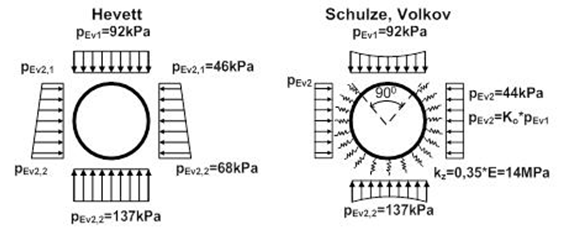
Fig.
6. The loads on a underground pipe by Hevett, Schultze,
Volkov
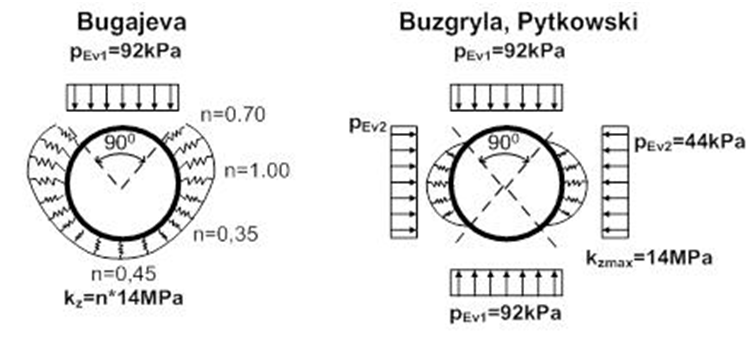
Fig. 7. The loads on a
underground pipe by Bugajeva, Buzgryla, Pytkowski
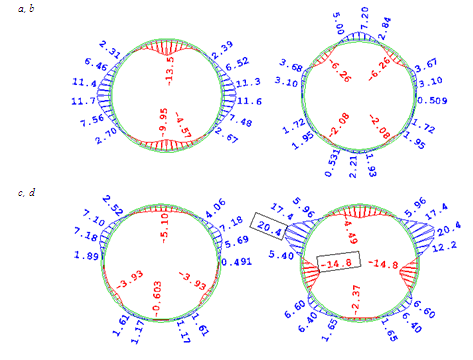
Fig. 8. The bending
moment in cross-section
from the ground pressure and weight
of the pipe by:
a
− Hevett, b
− Schulze, Volkov, c
− Bugajeva, d
− Buzgryla, Pytkowski
|
Findings
Internal
force diagrams for different schemes are shown below (Fig.8). The
results were compared to the values calculated according to [1],
which is presented in Table 1.
The
presented results of calculations have shown that there are large
differences in the values of the internal forces determined on the
basis of proposals from different authors and they cannot be
directly compared. Differences result directly from the assumptions
regarding the scope and distribution of elastic supports describing
the interaction of soil – pipe. The consequence of these
assumptions is the distribution of soil along the perimeter of the
steel tube, which also generates different distributions of internal
forces. In order to verify the above conclusions, numerical analysis
using finite element modeling system and geotechnical calculations
Sofistik -Talpa [16] were performed. Numerical model was made in the
plane strain. The calculations were made in several stages the state
of stress and strain as the initial condition for the next stage of
the calculation. The model of Coulomb – Mohr’s with
non-associated flow rule in plasticity was calculated. For the
analysis, the following parameters were taken: angle of internal
friction of soil
= 31o,
cohesion cu
= 0 kPa, the volume density of soil
= 18,5 kN/m3.
In the contact zone of the soil – pipe, special contact elements
were used which were assigned a variable
coefficient
of friction. Contact elements do not carry the tensile forces. In
order to take account of the effect of a breach in the soil zone
drilling area, the model is divided into various material
parameters. It allowed to map the loosening of the soil and its
effect on the internal forces in the cross section of the pipe.
Table
1
The
bending moments in the pipe jacking
|
Bending moments
|
ATV 161
|
Hevett
|
Schulze, Volkov
|
Bugajeva
|
Buzgryla, Pytkowski
|
|
|
kNm
|
kNm
|
kNm
|
kNm
|
kNm
|
|
ME1- key course
|
-16,61
|
-13,50
|
7,20
|
-5,10
|
-10,30
|
|
ME2- side wall
|
17,38
|
11,70
|
0
|
0
|
-12,20
|
|
ME3- invert
|
-17,52
|
-9,95
|
2,21
|
-0,63
|
-2,37
|
|
Legend
|
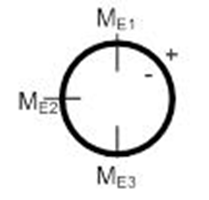
|
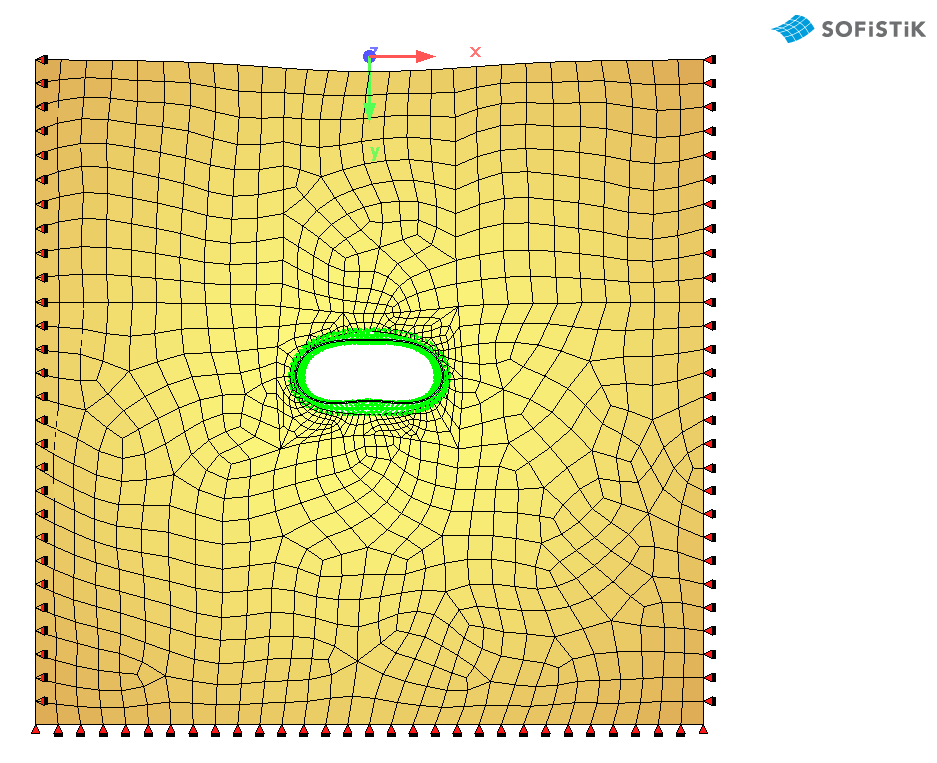
Fig. 9. An example of a
numerical (FEM) model
of the interaction of soil – pipe
In
Fig. 10 one can see that the internal forces are significantly
different from the values determined by guidelines [1]. We can
conclude that the graph of internal forces has a similar
distribution as in the proposal Hevetta. In the case of the analysis
the flexural rigidity of the pipe is very important. In order to
grasp this fact, numerical analysis controlling two parameters was
made. First parameter was the change of modulus of elasticity in the
zone of potential loosening of the soil and secend parameter was the
change in the flexural rigidity of pipe. For the analysis of the
interaction pipe – soil has been introduced a replacing flexural
rigidity of the pipe as a function of strain. Vertical displacement
of the pipe was calculated by the theory of second order. It was
shown in the Fig. 13.
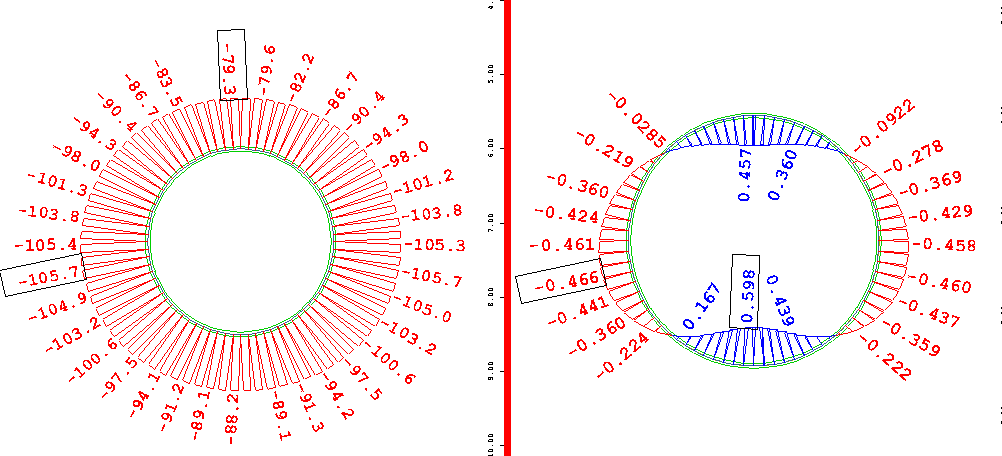
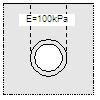
Fig. 10. Internal force
diagrams without loosening of the soil in the area around the pipe,
(E = 100 kPa). Steel pipe Dz = 2500 mm, t = 25 mm
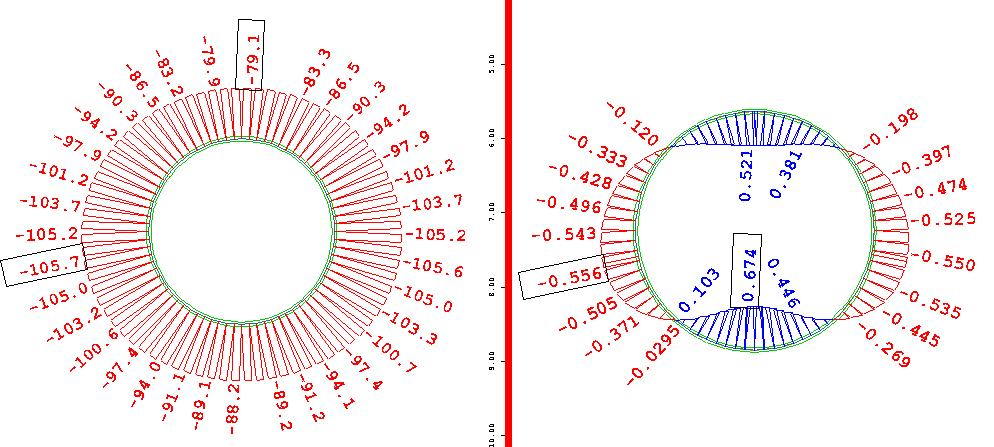
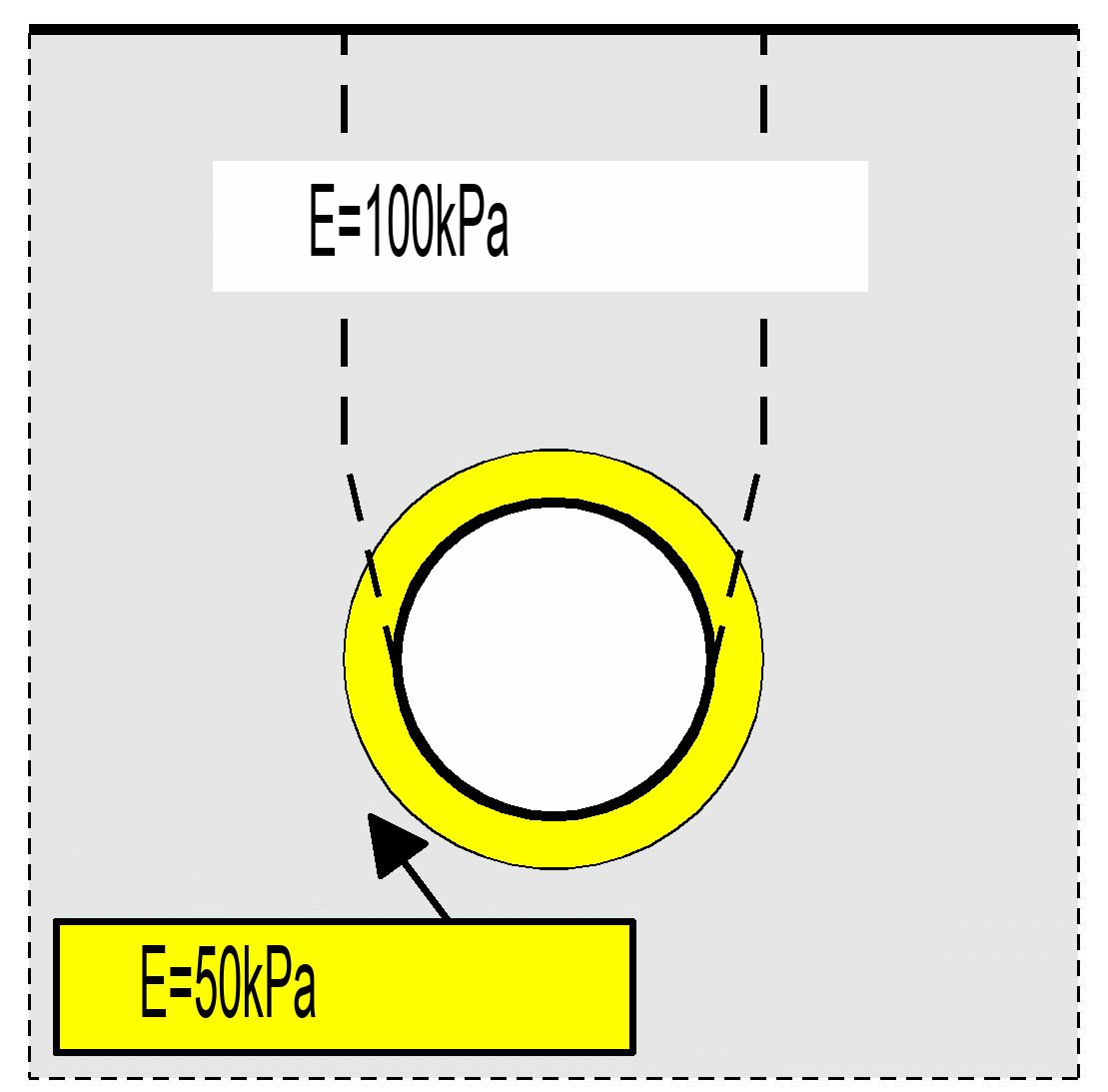
Fig. 11. Internal forces
diagrams without loosening the soil in the area around the pipe,
(E
= 50 kPa). Steel pipe Dz = 2 500 mm, t = 25 mm
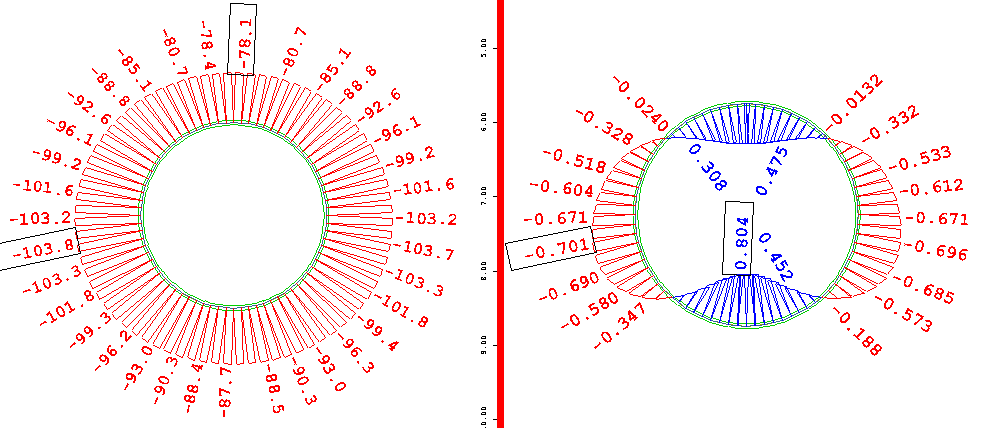
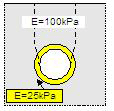
Fig. 12. Internal forces diagrams without loosening the
soil in the area around the pipe, (E = 25 kPa).
Steel
pipe Dz = 2500 mm, t = 25 mm
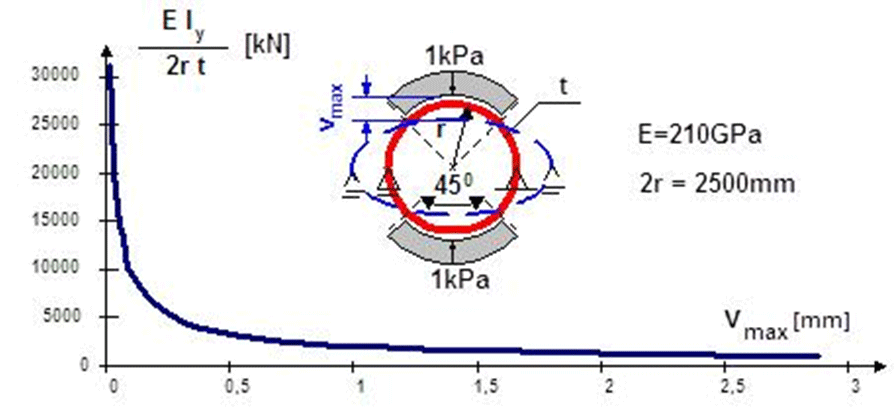
Fig. 13. The replacing flexural rigidity the pipe
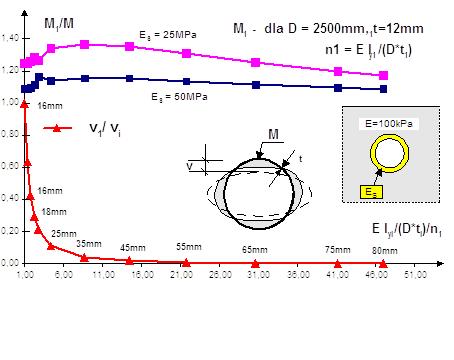
Fig. 14. The increment of the
bending moment M in key course as a function
of a
flexural rigidity the steel pipe and soil stiffness
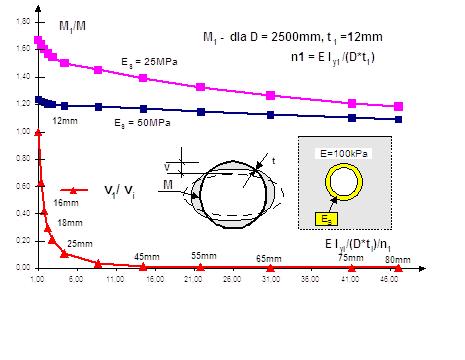
Fig. 15. The increment of the bending moment M
in side wall as a function
of a flexural rigidity the steel pipe
and soil stiffness
The obtained results clearly
show the influence of flexural rigidity of the pipe on the internal
forces. The bending moments in the steel pipe with the wall
thickness between 12 mm – 35 mm are quite different. They are much
smaller than the value calculated on the basis of the guidelines
[1]. The formulas for the bending moments in [1] are independent of
the deformability pipe.
Conclusions
The obtained
results showed the influence of flexural rigidity and the soil
stiffness on the size of the bending moments in the steel of pipe
jacking. They depend on the interaction of soil – steel pipe. On
the basis of Fig.14 with the modulus of elasticity of the soil Es
= 50 MPa, the increase of the bending moment in the key course of
the pipe is practically not variable independently of the wall
thickness of the steel pipe. A similar example was found for bending
moments in the side wall tunnel (Fig. 15). The construction steel
pipe jacking behaves quite different, when the modulus of soil Es
is smaller (Es
= 25 MPa). The increase of the bending moment in the key course
according to the rigidity of the tube can be up to 15% (Fig. 14). In
the case of the increase of the bending moment side wall, it may be
as high as 41.5% (Fig. 15).
LIST OF REFERENCE LINKS
ATV 161 E. Structural calculation
driven pipes :
German ATV Standards Wastewater-Waste. – Hennef : GFA, 1990.
Brzoska, Z. Statyka i stateczność
konstrukcji prętowych i cienkościennych
/ Z.
Brzoska. – War-szawa : PWN, 1961.
Buckling of steel shells
– European Design Recommendations
/ Edited by J. Michael Rotter and Herbert
Schmidt. –
2013.
– 408 р.
Hornung, K. Statik eruberddeckter
Rohde / K. Ho-rnung, D. Kitel. – Berlin
: Bauverlag GMBH, 1989.
Glinicki, S. Budownictwo podziemne / S. Gli-nicki. –
Politechnika Białostocka, 1994.
Madryas, C. Konstrukcje przewodów
kanaliza-cyjnych / C. Madryas, A. Kolonko, L. Wysocki.
– Wrocław : Oficyna Wydawnicza
Politechniki Wrocławskiej, 2002. – 377 p.
Mendera, Z., Interakcyjne kryteria
stateczności płyt i powłok metalowych w złożonych stanach
naprężenia / Z. Mendera // Inżynieria i Budo-wnictwo. – 1993.
– №. 2.
– P. 50–53.
Mendera, Z. Stateczność stalowych
powłok walcowych ściskanych podłużnie / Z.
Mendera // Inżynieria i Budownictwo. –
2000. – №.
4/5. – P.
240–243.
Murzewski, J. Stalowe belki
powłokowe / J. Mur-zewski, J. Siepak.
– Kraków : Politechnika Krakowska, 1978.
Kuliczkowski,
A. Projektowanie konstrukcji prze-wodów kanalizacyjnych. –
Kielce : Politechnika Świętokrzyska, 1993. – W.
I, №.
222. – 290 p.
PN-EN 1991-1-3:2005.
Eurokod 1.
Oddziaływania na konstrukcje. Część 1–3
: Oddziaływania ogólne.
Obciążenie śniegiem.
PN-EN 1993-1-5.
Projektowanie konstrukcji stalowych. Część 1-5
: Blachownice, PKN. –
Warszawa, 2008.
PN-EN 1993-1-1.
Projektowanie konstrukcji stalowych. Część 1-1
: Reguły ogólne i reguły dla budynków,
PKN. –
Warszawa, 2008.
PN-EN 1993-1-6.
Projektowanie konstrukcji stalowych. Część 1-6
: Wytrzymałość i state-czność
konstrukcji powłokowych, PKN. –
War-szawa, 2008.
Samuelson,
L. A.
Shell stability
handbook / L.
A. Samuelson,
S. F. Eggwertz. – London ;
New York : Elsevier, 1992. – 303 p.
Sofistik v 2014, Licencja:
Rajmund Ignatowicz.
Timoszenko,
S. P. Ustojcziwost’ uprugich system / S. P. Timoszenko. – Moskwa
: GITTL, 1955. – 568 p.
К. Горскі1*, Р.
Л. Ігнатович2*
1*Каф.
«Цивільна та інженерна геологія»,
Познаньський університет
природничих
наук, вул. Піатковська, 94, Познань,
Польща, 60-649,
ел. пошта kgorski@up.poznan.pl
2*Каф.
«Металеві конструкції», Вроцлавський
технологічний
університет, Грюнвальдська
пл., 11, Вроцлав, Польща,
50-377,
ел. пошта rajmund.ignatowicz@pwr.edu.pl
НАПРУГА СТАЛЕВОЇ ТРУБИ,
ПРОКЛАДЕНОЇ
В УМОВАХ НЕДОСКОНАЛОСТІ
ТРУБ ТА
НЕОДНОРІДНОСТІ ГРУНТУ
Мета.
У дослідженні необхідно вивчити питання
впливу локальних неоднорідностей
ґрунту на внутрішні сили в сталевій
трубі. Методика.
Автори представили відмінності в
розподілі ґрунтового тиску на труби.
Одним із найбільш поширених методів є
технологія мікротунелювання. Приклади
чисельного аналізу були розраховані
методом скінченних елементів (МСЕ).
Результати.
Встановлені дані чисельного аналізу
представлені для обраних ґрунтових
умов. Був також показаний розподіл
внутрішніх сил у гнучкій секції сталевої
труби. Наукова новизна
та практична значимість.
Отримані результати чітко показують
вплив згинальної жорсткості труби на
внутрішні сили, на величину згинальних
моментів у сталі вдавлених труб. Вони
залежать від взаємодії грунт–сталева
труба.
Ключові слова: сталеві труби;
метод кінцевих елементів; мікротунелювання;
грунт
К. Горски1*, Р. Л. Игнатович2*
1*Каф.
«Гражданская и инженерная геология»,
Познаньский университет
естественных
наук, ул. Пиатковска, 94, Познань,
Польша, 60-649,
эл. почта kgorski@up.poznan.pl
2*Каф.
«Металлические конструкции», Вроцлавский
технологический
университет, Грюнвальдская
пл., 11, Вроцлав, Польша, 50-377,
эл. почта
rajmund.ignatowicz@pwr.edu.pl
НАПРЯЖЕНИЕ СТАЛЬНОЙ ТРУБЫ,
ПРОЛОЖЕННОЙ В УСЛОВИЯХ
НЕСОВЕРШЕНСТВА
ТРУБ
И НЕОДНОРОДНОСТИ ГРУНТА
Цель. В
исследовании необходимо изучить вопросы
влияния локальных неоднородностей
грунта на внутренние силы в стальной
трубе. Методика.
Авторы представили различия в
распределении грунтового давления на
трубы. Одним из наиболее
распространенных методов является
технология микротоннелирования. Примеры
численного анализа были рассчитаны
методом конечных элементов (МКЭ).
Результаты.
Установленные данные численного анализа
представлены для выбранных грунтовых
условий. Также показано распределение
внутренних сил в гибкой секции стальной
трубы. Научная новизна
и практическое значение. Полученные
результаты четко показывают влияние
изгибной жесткости трубы на внутренние
силы, на величину изгибающих моментов
в стали вдавленных труб. Они зависят
от взаимодействия почва–стальная
труба.
Ключевые слова: стальные
трубы; метод конечных элементов;
микротоннелирование; грунт
Prof. V. D. Petrenko, D. Sc.
(Tech.) (Ukraine) recommended this article to be published
Accessed: Feb., 29.
2016
Received: May, 31.
2016
was accepted. The results of calculating the width of the ground
solids of different proposals was illustrated in Fig. 4. The values
of the vertical and horizontal loads were calculated according to
the following relationships.
(1)
(2)
(3)
(4)